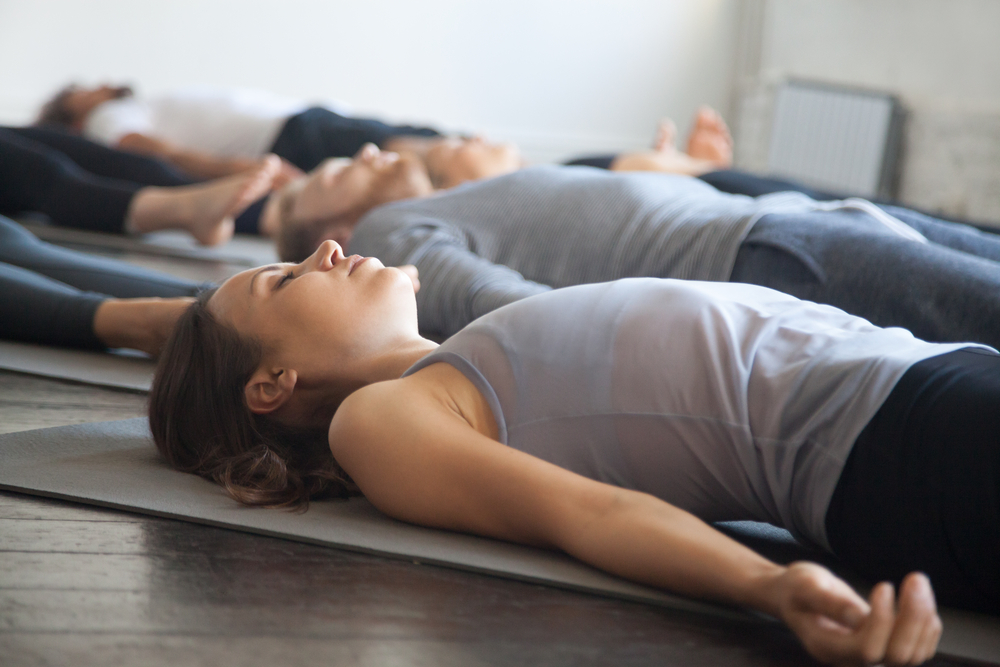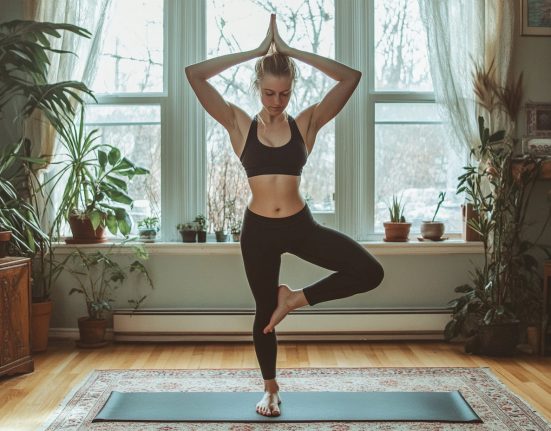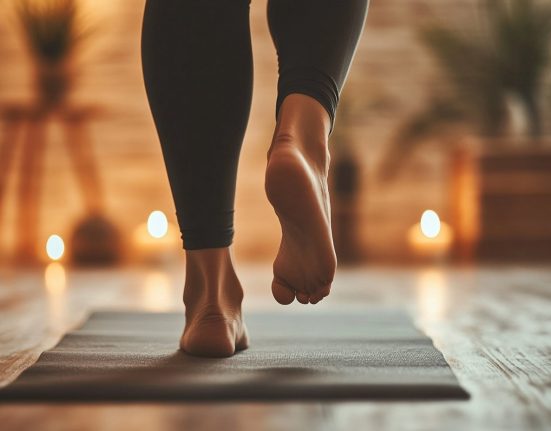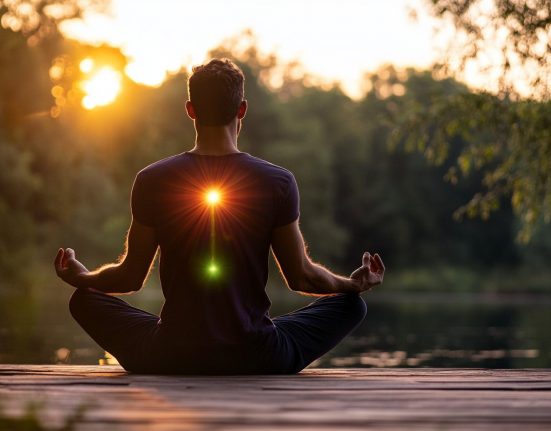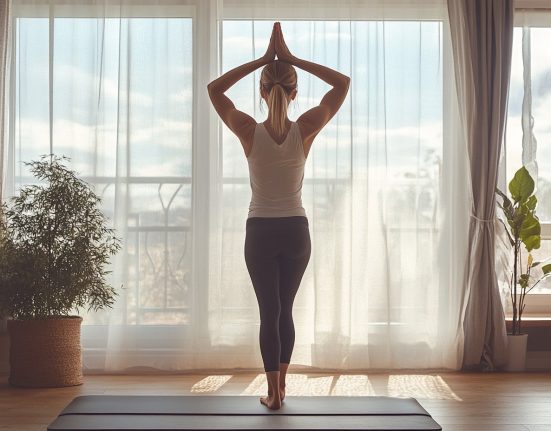Yoga is important for holistic health, promoting physical, mental, and emotional well-being. Physically, it enhances flexibility, strength, and balance while reducing the risk of injuries. Mentally, yoga reduces stress, anxiety, and depression by encouraging mindfulness and relaxation. It also improves focus and mental clarity. Emotionally, yoga fosters a sense of inner peace and connection, contributing to overall happiness.
Adhering to the don’ts, just like the do’s of yoga, is crucial for maximising these benefits and ensuring a safe practice. Following guidelines like proper warm-up prevents injuries and enhances the effectiveness of each pose.
Geetanjali Rao, mind and wellness coach from Kerala, suggests you shouldn’t do these 11 things in yoga.
Don’t skip warm-up:
Always start your practice with a proper warm-up to prepare your body and prevent injuries. A warm-up increases blood flow to your muscles, making them more pliable, and helps to mentally prepare you for the practice. Skipping this step can lead to strains or injuries.
Don’t force poses:
Avoid pushing your body into poses it’s not ready for. Yoga is about listening to your body and respecting its limits. Forcing poses can lead to overstretching, muscle tears, or joint injuries. Progress gradually and use props or modifications as needed.
Don’t hold your breath:
Breathing is crucial in yoga. Ensure you maintain a steady and relaxed breath throughout your practice. Proper breathing enhances relaxation, aids in maintaining poses, and supports the flow of movement. Holding your breath can increase tension and reduce the benefits of the practice.
Don’t compare yourself to others:
Yoga is a personal journey. Focus on your own progress and avoid comparing yourself to others in the class. Everyone’s body is different, and comparison can lead to frustration or pushing beyond safe limits. Embrace your unique path and celebrate your own milestones.
Don’t do asanas on a full stomach:
Wait at least 2-3 hours after a meal before practicing yoga to avoid discomfort and maximise your practice. A full stomach can cause nausea, cramps, and sluggishness, making it difficult to perform poses, especially twists and inversions. Practice on an empty or lightly filled stomach for optimal comfort and performance.
Don’t neglect proper alignment:
Pay attention to alignment cues to avoid injuries and ensure you’re getting the most benefit from each pose. Proper alignment helps distribute weight evenly, reduces strain on muscles and joints, and improves posture. Ignoring alignment can lead to bad habits and potential injuries over time.
Don’t ignore pain:
Discomfort is normal, but sharp or intense pain is a sign to stop. Respect your body’s limits. Pain indicates that something may be wrong, and pushing through it can cause injuries. Instead, modify the pose or take a break, and consult a teacher if unsure.
Don’t rush through poses:
Yoga is about mindfulness and awareness. Move through poses slowly and with intention, rather than rushing. Rushing can lead to improper form, missed benefits, and a higher risk of injury. Slow, deliberate movements help you connect with your body and breath, enhancing the practice’s effectiveness.
Don’t forget to cool down:
Just like warming up, cooling down is essential. End your practice with relaxation poses to help your body recover. Cooling down reduces muscle soreness, promotes relaxation, and helps lower heart rate and blood pressure gradually. It also provides a moment to reflect on your practice and its benefits.
Don’t skip Savasana (Corpse Pose):
The final relaxation pose is crucial for integrating the benefits of your practice and should not be skipped. Savasana allows your body and mind to fully absorb the effects of your practice, promotes relaxation, and reduces stress. It’s a time for stillness and deep rest, which is essential for holistic healing.
Don’t overdo it:
Practicing yoga every day is great but avoid overexertion. Balance your practice with rest and recovery days. Overdoing it can lead to burnout, fatigue, and injuries. Incorporate restorative practices, listen to your body, and ensure you have enough rest to sustain long-term progress and enjoyment in yoga.



